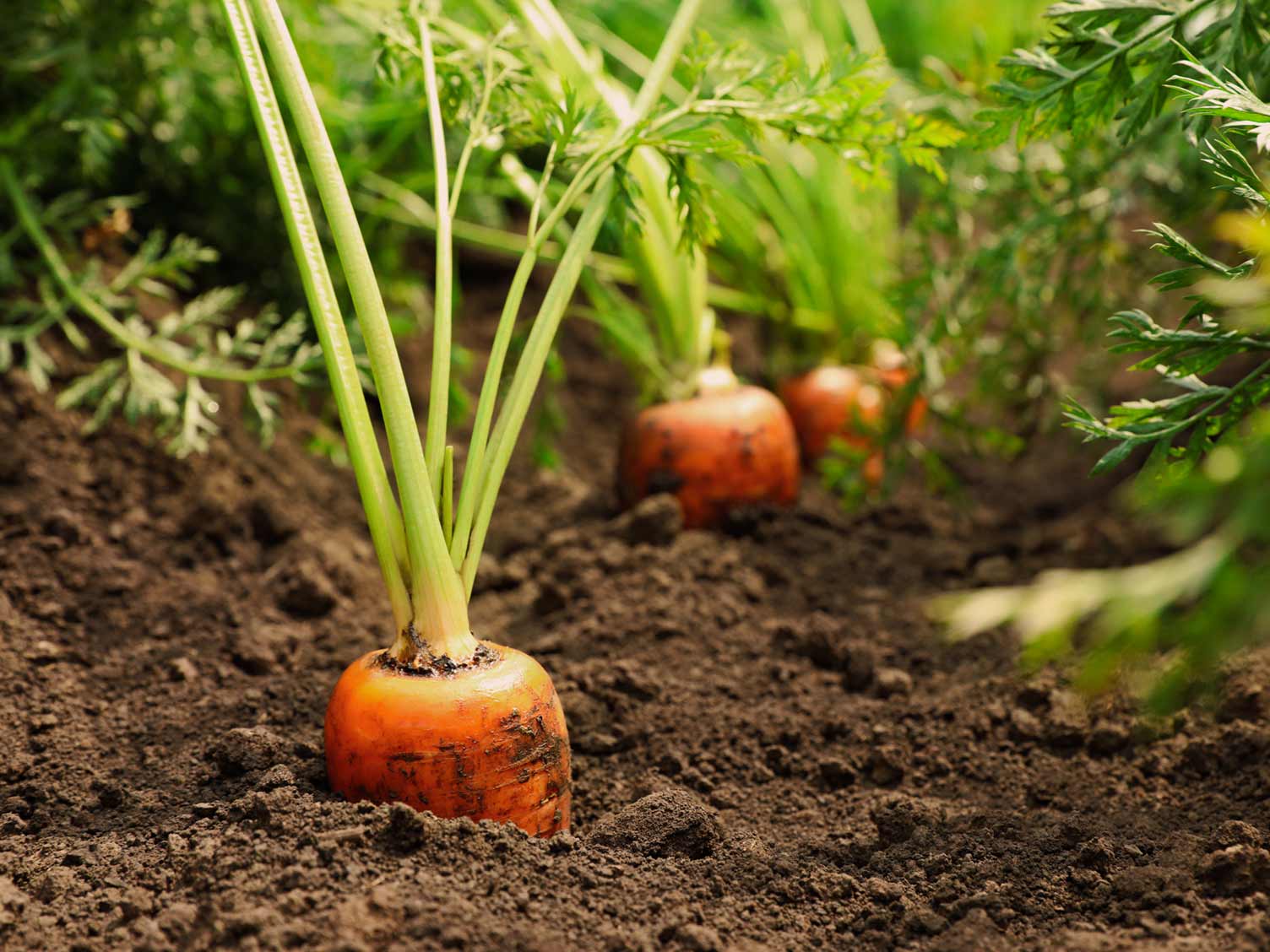How to Grow Carrots in Raised Beds: A Comprehensive Guide

Growing carrots in raised beds is like creating a miniature oasis for these vibrant, nutritious vegetables. Imagine the satisfaction of harvesting your own crisp, sweet carrots straight from your backyard. Raised bed gardening offers numerous benefits, from improved soil control to easier maintenance. Let's dive into the world of carrot cultivation and explore how you can turn your raised beds into a thriving carrot patch.
Why Choose Raised Beds for Carrot Cultivation?
Raised bed gardening is a game-changer for vegetable growing. It allows you to control the soil quality, drainage, and even the temperature to a certain extent. This is particularly beneficial for carrots, which thrive in well-drained, loose soil. Raised beds also make it easier to manage pests and diseases, ensuring your carrots grow healthy and strong.
Preparing Your Raised Bed for Carrots
Soil Preparation
Soil preparation is the cornerstone of successful carrot cultivation. Carrots need loose, well-drained soil to grow long and straight. Start by filling your raised bed with a mix of high-quality topsoil, compost, and sand. This combination ensures that the soil is rich in nutrients and has the right texture for carrot roots to penetrate easily.
Choosing the Right Location
Carrots love full sun, so choose a spot that gets at least six to eight hours of sunlight daily. Make sure the location is also sheltered from strong winds, as carrots are delicate and can be easily damaged.
Planting Your Carrots
When to Plant
Carrots are cool-season crops, so the best time to plant them is in early spring or late summer. They can tolerate light frosts, making them a versatile addition to your garden.
How to Plant
Sow carrot seeds directly into the soil, about 1/4 inch deep and 1-2 inches apart. Once the seedlings emerge, thin them out to about 3-4 inches apart to give each carrot enough space to grow. Water the seeds gently to avoid washing them away.
Caring for Your Carrots
Watering
Consistent watering is crucial for carrot cultivation. Carrots need about 1 inch of water per week. Use a soaker hose or drip irrigation system to ensure even water distribution. Avoid overwatering, as this can lead to root rot.
Fertilizing
Carrots benefit from a balanced fertilizer applied every 4-6 weeks. Avoid high-nitrogen fertilizers, as they can promote leafy growth at the expense of root development.
Weeding and Mulching
Keep your raised bed free of weeds, as they compete with your carrots for nutrients and water. Mulching with organic material like straw or wood chips can help retain moisture and suppress weeds.
Harvesting Your Carrots
When to Harvest
Carrots are typically ready to harvest about 70-80 days after planting. You can tell they're ready when the tops of the carrots start to poke out of the soil. Gently loosen the soil around the carrot with a fork and pull it out by the greens.
Storing Your Harvest
Freshly harvested carrots can be stored in the refrigerator for up to a month. For longer storage, you can keep them in a cool, dark place with high humidity, such as a root cellar.
Troubleshooting Common Issues
Pests and Diseases
Carrots can be affected by pests like carrot rust flies and diseases like carrot yellows. Regularly inspect your plants for signs of pests and diseases. Use organic pesticides and fungicides as needed, and practice crop rotation to prevent future issues.
Poor Growth
If your carrots are stunted or misshapen, it could be due to poor soil conditions or overcrowding. Ensure your soil is loose and well-drained, and thin out your seedlings to give each carrot enough space to grow.
Conclusion
Growing carrots in raised beds is a rewarding experience that yields delicious and nutritious results. By following these garden tips, you can create the perfect environment for your carrots to thrive. From soil preparation to harvesting, each step is crucial in ensuring a bountiful harvest. So, why not give it a try and enjoy the fruits (or rather, roots) of your labor?
FAQs
What is the best soil for growing carrots in raised beds? The best soil for growing carrots in raised beds is a mix of high-quality topsoil, compost, and sand. This combination ensures that the soil is rich in nutrients and has the right texture for carrot roots to penetrate easily.
How often should I water my carrots? Carrots need about 1 inch of water per week. Use a soaker hose or drip irrigation system to ensure even water distribution. Avoid overwatering, as this can lead to root rot.
When is the best time to plant carrots? Carrots are cool-season crops, so the best time to plant them is in early spring or late summer. They can tolerate light frosts, making them a versatile addition to your garden.
How do I know when my carrots are ready to harvest? Carrots are typically ready to harvest about 70-80 days after planting. You can tell they're ready when the tops of the carrots start to poke out of the soil. Gently loosen the soil around the carrot with a fork and pull it out by the greens.
What should I do if my carrots are stunted or misshapen? If your carrots are stunted or misshapen, it could be due to poor soil conditions or overcrowding. Ensure your soil is loose and well-drained, and thin out your seedlings to give each carrot enough space to grow.
:max_bytes(150000):strip_icc()/HomeStrat-MultiTiered-5b4393ef46e0fb00379b63ba.jpg)

0 Response to "How to Grow Carrots in Raised Beds: A Comprehensive Guide"
Post a Comment